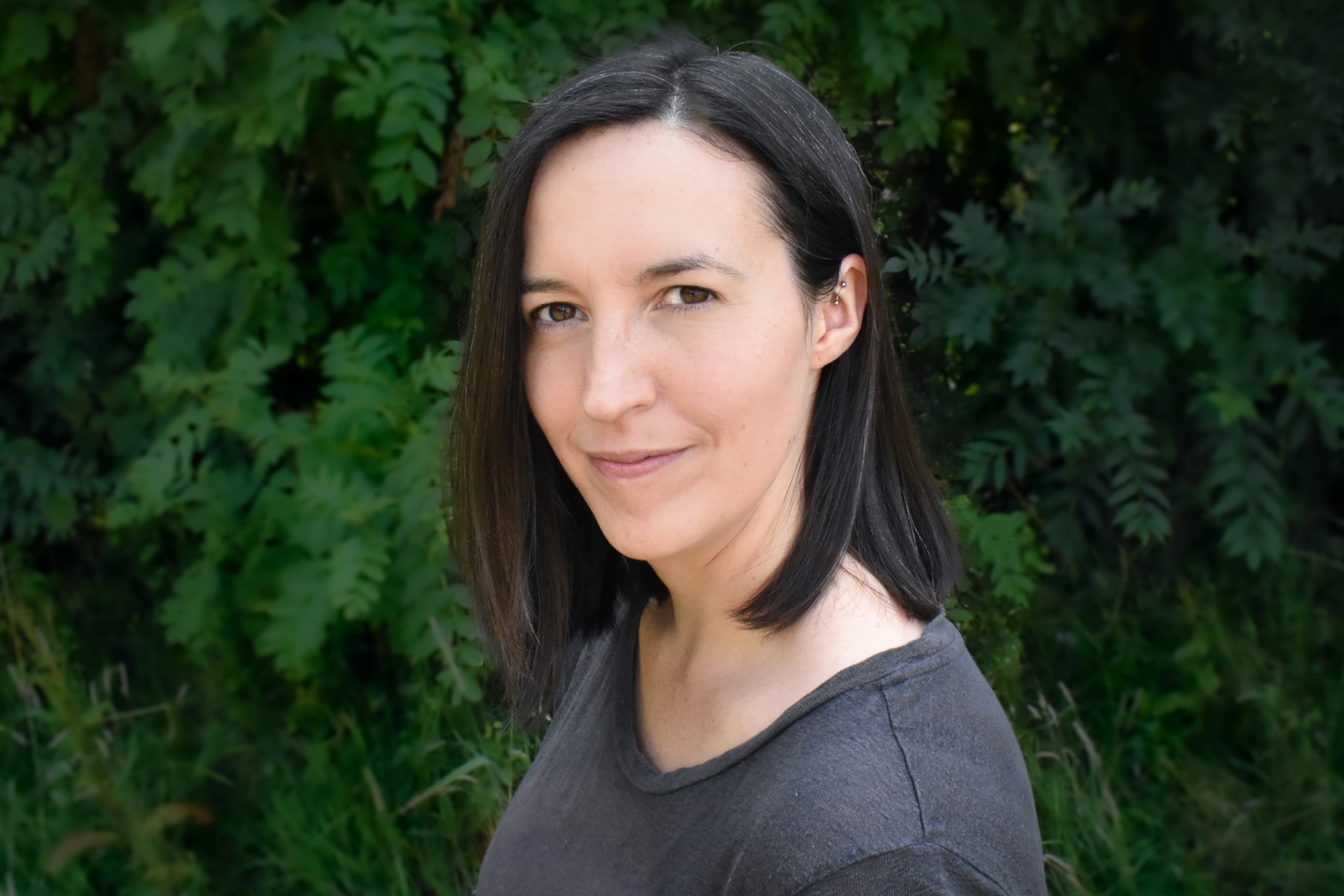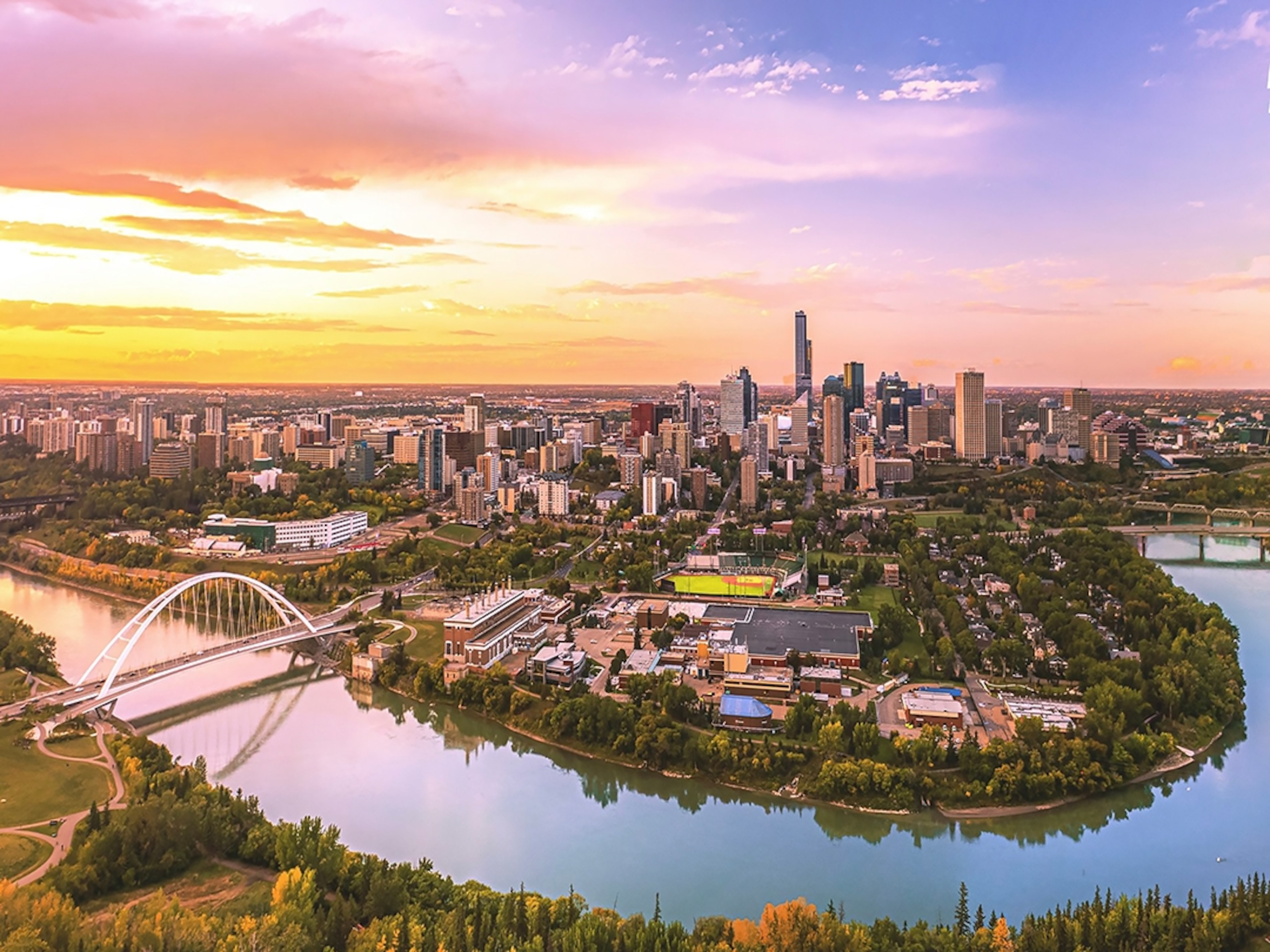
Beth Lewis on how off-grid glamping shaped her love of the Canadian wilderness
Camping, kayaking with killer whales and hiking in the forests of British Columbia installed in the British author a lifelong love of the wild, which fed her writing across four books.
I don’t remember when my love of Canada began — it’s something that’s always been there, this connection to a country that feels like a second home even though I haven’t spent longer than a month there in one go. I grew up by the sea in Cornwall and planned to study marine biology and live out on the water, researching whales and sharks. Unfortunately, or perhaps fortunately, my lack of scientific aptitude quickly put paid to that idea, but the love of nature remained and has been an anchor in my life and in my writing.
Canada is a special place. It’s vast, majestic and wild but also friendly, fun and diverse in its landscape — from peaceful hills and lakes in the east through flat golden prairies, rising up to the awe-inspiring Rocky Mountains, then down to the coast, where mountains and rainforests meet the sea. I travelled there by myself at the age of 20, planning to spend my 21st birthday camping, kayaking with killer whales and hiking in the forests.
I woke on my birthday in a tent on the edge of the water. It was quiet, the other campers not yet awake. I watched the sun rise, turning a black sky blue, and the water from gun-metal grey to shining silver. Behind me, the trees of this largely untouched wilderness loomed — cedars and spruce, hemlock and pine. The smell of the dense, ancient forest mingled with the salty tang of the sea. It filled my lungs and gave me a sense of calm I’ve rarely found since.
I was on an island in the middle of the Johnstone Strait, the slice of water between mainland British Columbia and Vancouver Island. It’s a magical area of the world. A narrow sea, just a couple of miles wide, it holds dozens of islands, coves and inlets, and in the summer is home to over 100 orcas, as well as whales, dolphins, eagles and bears. In my time there, I saw them all and in abundance.
Bears combed the beaches, cubs in tow. I watched from the relative safety of a kayak as a mother bear turned over rocks looking for clams and crabs, snuffling peacefully on the shoreline, before disappearing into the forest. Had I arrived a few minutes later, I’d have landed on the beach for a break and not known there was a bear and her cub just beyond the treeline.
That moment of realisation, that I was a few minutes, seconds even, away from potential danger, and that there could be anything hiding in these dense, beautiful forests, made me understand how small I was, and how powerful and how unforgiving Mother Nature could be. Needless to say, I didn’t land on that beach but found another not far away — though who’s to tell what had been roaming the shore before I arrived?
At first glance, the landscape seemed impenetrable. Endless carpets of pointed trees reached right down to a thin sliver of rocky shore. It seemed there was no way in. This wilderness held its secrets close. It was a land full of myth, a story to every island, a dozen more old tales waiting in the trees. Stepping from the beach into the forest, I immediately sensed the history of the area — it felt ancient, and it was impossible not to be humbled.
With a guide for safety, I hiked a few miles through the wilderness to the top of a bluff where there was a wildlife conservation station. This area of Canada is part of the protected Great Bear Rainforest, a haven for wildlife and the only place in the world to find the rare spirit bear, a subspecies of black bear that has a white coat.
Under the tree canopy, a verdant stillness overcame me. The sounds of the forest were everywhere. I could hear the songs of a dozen different birds in the branches. Insects buzzed and chirped. Something bigger moved through the undergrowth and my guide stopped dead. Listened. My heart was in my mouth and I dared not move.
Then, after some invisible signal, my guide relaxed, and we went on. For a writer who admittedly has an overactive imagination, I wondered what that animal had been, how close it had come and what it might have done for weeks after.
We continued the hike and emerged onto a cliff with the most stunning view I’ve ever seen. From terror to wonder in only a few hundred steps. It was that sense of unsettled ground — of shifting emotion, secrets and awe, beauty and fear — that’s fed my writing across four books, none more so than Children of the Sun, and instilled in me a lifelong love of the wild.
Children of the Sun by Beth Lewis is published by Hodder, £20.
To subscribe to National Geographic Traveller (UK) magazine click here. (Available in select countries only).





